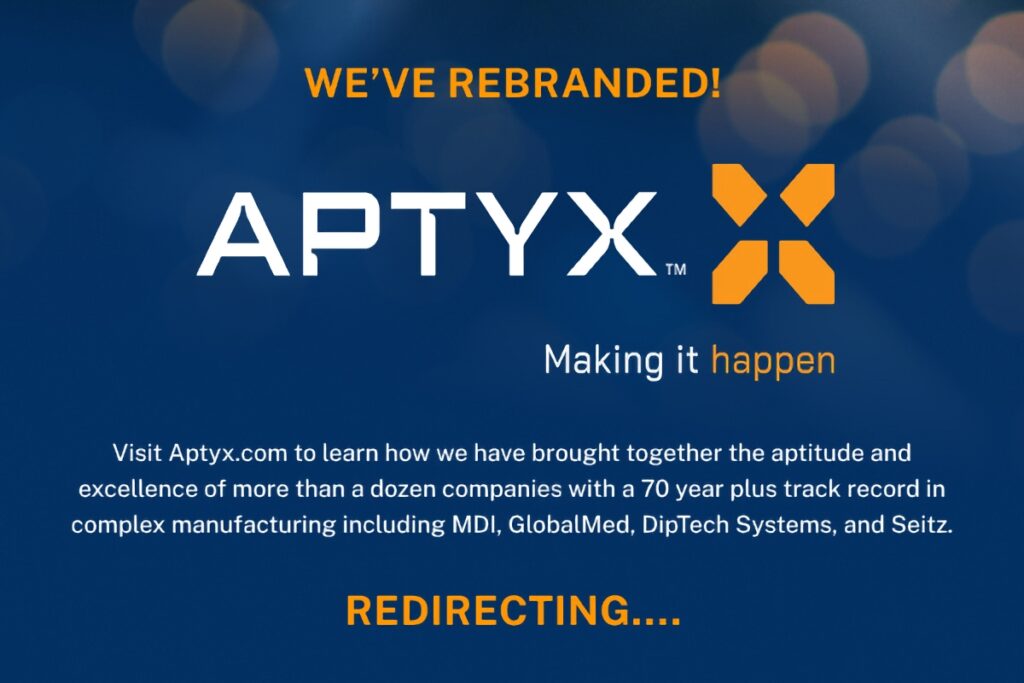The advances in medical technology over the last few years are truly astounding. Medical device design is taking off as more innovators are bringing new concepts to the marketplace that are saving lives and improving health. Big strides are being made in diverse areas, from diabetes to orthopaedics to ophthalmology, that are making a huge difference in the way we treat certain conditions.
Even the process of medical device design is changing rapidly. In the old days, designs were made step by step at in-house labs, until a working prototype could be assembled. Today, even early stage innovators can get a model up and running right away. The process is becoming more simple and streamlined.
The first step is the ideation phase. During this phase, scientists, engineers, and medical professionals team together to create the concept and solution for the device. The concept is then translated to a computer with 3D CAD modeling and renderings. Companies use several different programs for these renderings, including SolidWorks, Pro/ENGINEER, and Creo. These packages allow designers to go from idea to reality in rapid time, turning simple concepts into complex blueprints and the instructions for 3D printing. Although a computer programmer is not necessary, they can help customize the package for the specific design.
Advances in 3D printing are the backbone of medical device innovation in recent years because the designers can turn their ideas into physical products in record time. While in the old days, prototypes would take weeks or months to get back from the factory, today the prototype can be printed in mere hours.
Leading design firms augment the 3D printing process with various techniques. These include CNC and hand machining, rapid 3D printing, metal forming and welding, castings, and various finishing techniques. By combining all of these methods, design firms make a product that is as close as possible to one the doctor and patient will see in front of them when the device is finally released to the market.
Once the product is finalized, a final mold is made. That is created through one of several techniques. Perhaps the most common technique is injection molding. Good providers also offer dip molding and blow molding, which can be better options for some devices.
There are a number of methods of building a device, depending on the specifications and intended uses. To meet FDA standards, medical devices must generally be built in a clean room. Those clean rooms are tooled with capabilities, including mechanical and chemical bonding, cutting, precision assembly, printing, bending, and machining. These techniques allows for the creation of devices that are perfectly built for their intended use.
For example, patients with diabetes often suffer from neuropathy in their arms and legs. This condition dulls the nerves and prevents the patients from feeling cold, heat, or other sensations. New devices are now being created to stimulate the nerves and resolve this issue. However, if they are not perfectly calibrated to the individual’s body, they are not as effective. Proper chemical bonding, cutting, and precision assembly allows for these devices to be created as intended.
Similarly, diabetes patients often have ulcers that are painful and create infections. New products are being created to remove ulcers with ultra-sensitivity. Devices are bent and cut for perfect precision to help doctors administer the machine and patients alleviate a painful ailment.
Molded Devices Inc. is a leader in medical device injection technologies. Using our Class 7 Clean Room environment, we can expertly handle every step of the medical device production process, from design and development to molding and assembly. For more information, please contact us. Our friendly team will walk you through our unique advantages and how we can help you, no matter what stage of the design and manufacturing process you are at.


Recent Comments